How carbon capture and storage works
Swiss company says it has successfully removed carbon from the atmosphere
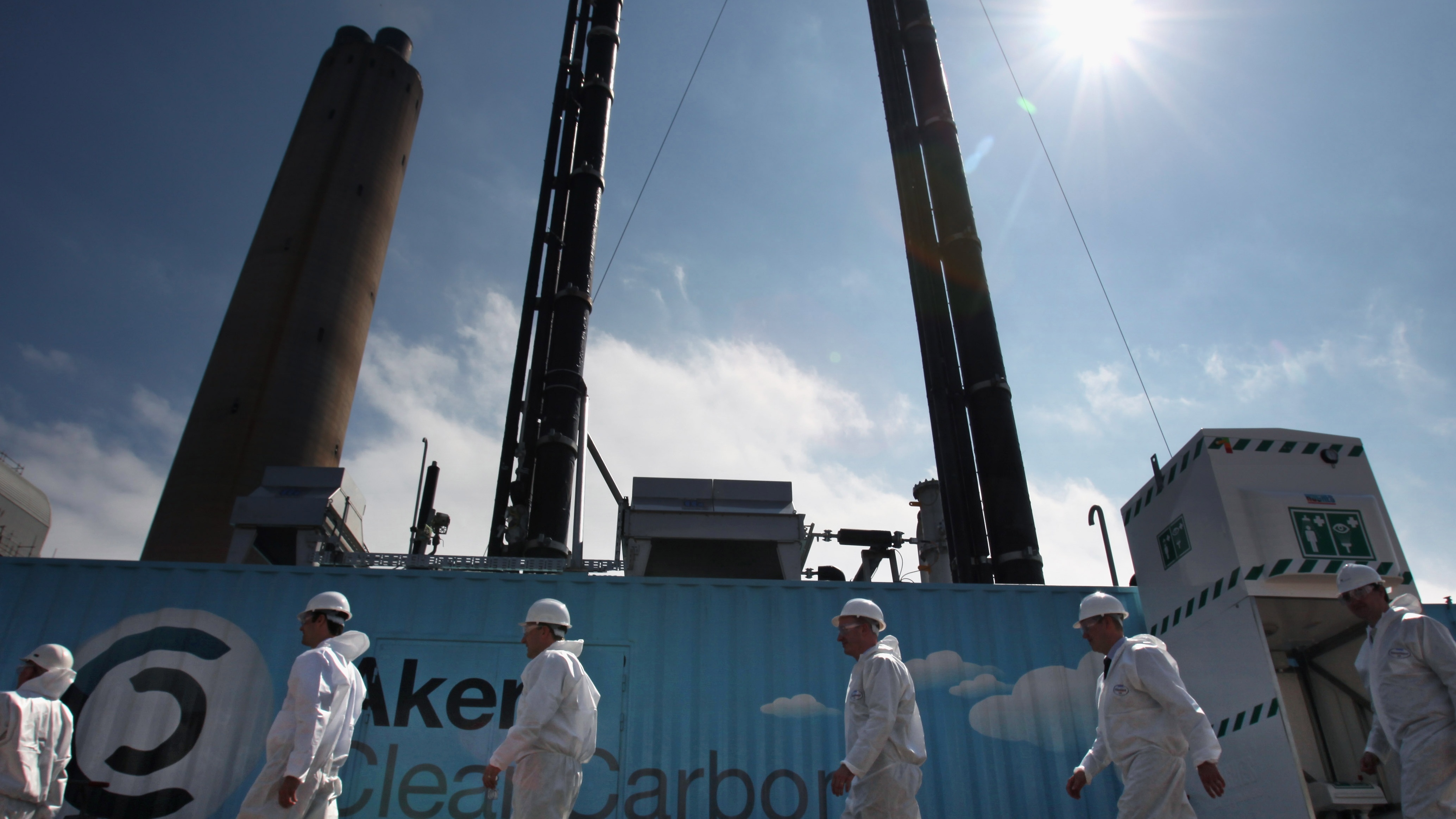
In an “industry first”, a Swiss company that counts Microsoft and Shopify among its clients announced yesterday that it has successfully removed carbon dioxide from the air, storing it underground where it will gradually turn into solid rock.
Climeworks’ achievement has been celebrated as the first time that a commercial company has delivered “permanent carbon removal to a paying customer”, said Amrith Ramkumar, climate finance reporter at The Wall Street Journal, a development that “has been a long time coming”. The company did not specify how much carbon had been removed.
Last year, the Intergovernmental Panel on Climate Change said that technologies including direct air capture and carbon capture and storage (CCS) were “likely to be necessary” to ensure that any “temperature overshoot” beyond the maximum 1.5C above pre-industrial levels required to limit climate change was “temporary”, The Guardian’s environment correspondent Fiona Harvey reported at the time.
The Week
Escape your echo chamber. Get the facts behind the news, plus analysis from multiple perspectives.

Sign up for The Week's Free Newsletters
From our morning news briefing to a weekly Good News Newsletter, get the best of The Week delivered directly to your inbox.
From our morning news briefing to a weekly Good News Newsletter, get the best of The Week delivered directly to your inbox.
But The Wall Street Journal said “it will be decades” before direct air capture “makes a dent in the greenhouse gases in the atmosphere, and critics say it could provide an excuse for business as usual policies on fossil fuels”.
Capturing carbon
Carbon capture is “one of the most important technologies to address climate change”, the paper said. There are two main ways that the different processes operate.
CCS is the process in which atmospheric carbon is caught from “concentrated industrial emissions at their source, preventing them from entering the atmosphere at all”, explained The Independent’s environment correspondent Harry Cockburn. These technologies could help to “neutralise emissions from new power plants”, said The Guardian’s Harvey.
By contrast, carbon dioxide removal – or direct air capture – technologies “suck greenhouse gas emissions directly out of the air, removing them at very low concentrations”, said Cockburn.
A free daily email with the biggest news stories of the day – and the best features from TheWeek.com
Climeworks “uses giant vacuum-like devices” to pull air through a filter, trapping “massive amounts of CO2”, said the newspaper’s deputy technology editor Anthony Cuthbertson, before it is heated, mixed with water and pumped below ground “into stone storage designed to be kept out of the atmosphere for millennia”.
According to The Independent, “there is a consensus that investing and utilising these technologies needs to be rapidly scaled up to have the impact required to keep the targets of the Paris Climate Agreement in sight”.
Fix for the future?
Climeworks’ development “has been a long time coming”, said CNBC’s climate innovation and technology reporter, Cat Clifford. The company, founded in 2009, is planning to expand in the US, and the EU is also promoting the sector.
The International Energy Agency (IEA) reported in 2021 that the strengthening of climate goals and new investment incentives was “delivering unprecedented momentum for CCS, with plans for more than 100 new facilities announced in 2021”.
These new technologies “will play an important role in meeting net zero targets, including as one of few solutions to tackle emissions from heavy industry and to remove carbon from the atmosphere”, the Paris-based intergovernmental organisation said.
CSS has also been backed by Robert Gross, professor of energy policy at Imperial College London and director of the UK Energy Research Centre. “We will need not just net zero but to start to remove CO2 from the air,” he told The Guardian.
“We cannot do one instead of the other, but we have reached the point where it is likely that humanity will need to do both to avoid dangerous climate change.”
False dawn?
While interest in CCS is growing, “sceptics question using huge amounts of energy and resources to build massive machines in the name of fighting climate change”, said Ramkumar. And some say that the “growing interest and investment in carbon removal approaches and technologies” are “a distraction from the immediate need of slashing emissions”, said Time.
Some critics have even claimed that “most schemes to capture and reuse carbon actually increase emissions”, New Scientist reported. Research has found that carbon capture technologies typically “emit more carbon than they remove”, said the magazine. Such projects, “which have attracted billions of dollars in investment, won’t do much to achieve the Paris Agreement’s emission targets”.
But Climeworks’ plant in Iceland is powered by geothermal energy, “meaning its associated emissions are minimal”, said Ramukmar. The “world’s only operational direct-air capture” facility can remove around 4,000 tons of CO2 a year, “roughly equivalent to the annual emissions of about 800 passenger cars”. The company is building a second facility which will be capable of removing around nine times as much atmospheric carbon a year by comparison.
“Investors are betting big that carbon removal technology will be the way forward,” said Time; McKinsey forecasts that annual investment in carbon capture technology will reach between $10-15bn by 2025.
Julia O'Driscoll is the engagement editor. She covers UK and world news, as well as writing lifestyle and travel features. She regularly appears on “The Week Unwrapped” podcast, and hosted The Week's short-form documentary podcast, “The Overview”. Julia was previously the content and social media editor at sustainability consultancy Eco-Age, where she interviewed prominent voices in sustainable fashion and climate movements. She has a master's in liberal arts from Bristol University, and spent a year studying at Charles University in Prague.
-
 US citizens are carrying passports amid ICE fears
US citizens are carrying passports amid ICE fearsThe Explainer ‘You do what you have to do to avoid problems,’ one person told The Guardian
-
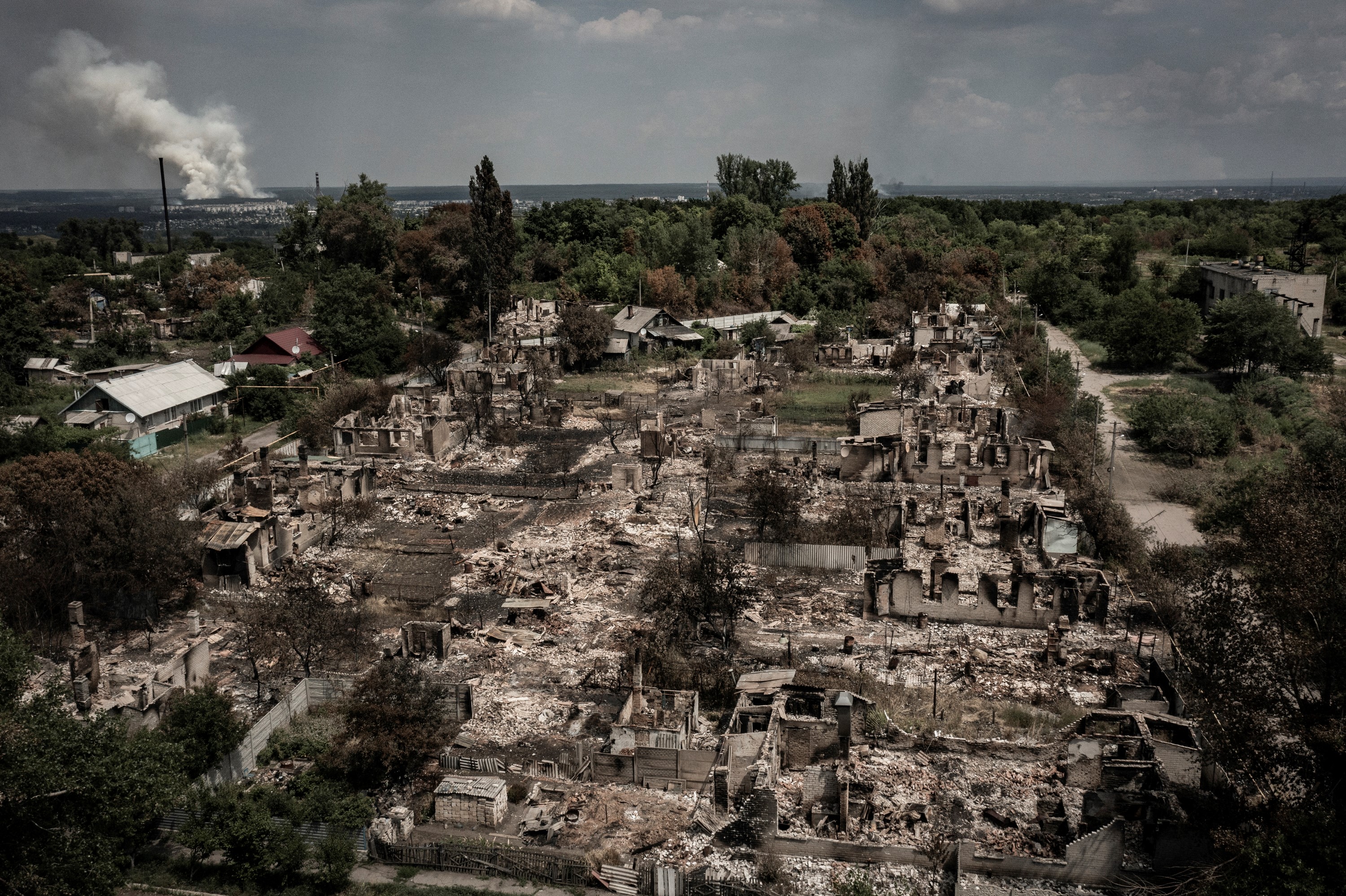 All roads to Ukraine-Russia peace run through Donetsk
All roads to Ukraine-Russia peace run through DonetskIN THE SPOTLIGHT Volodymyr Zelenskyy is floating a major concession on one of the thorniest issues in the complex negotiations between Ukraine and Russia
-
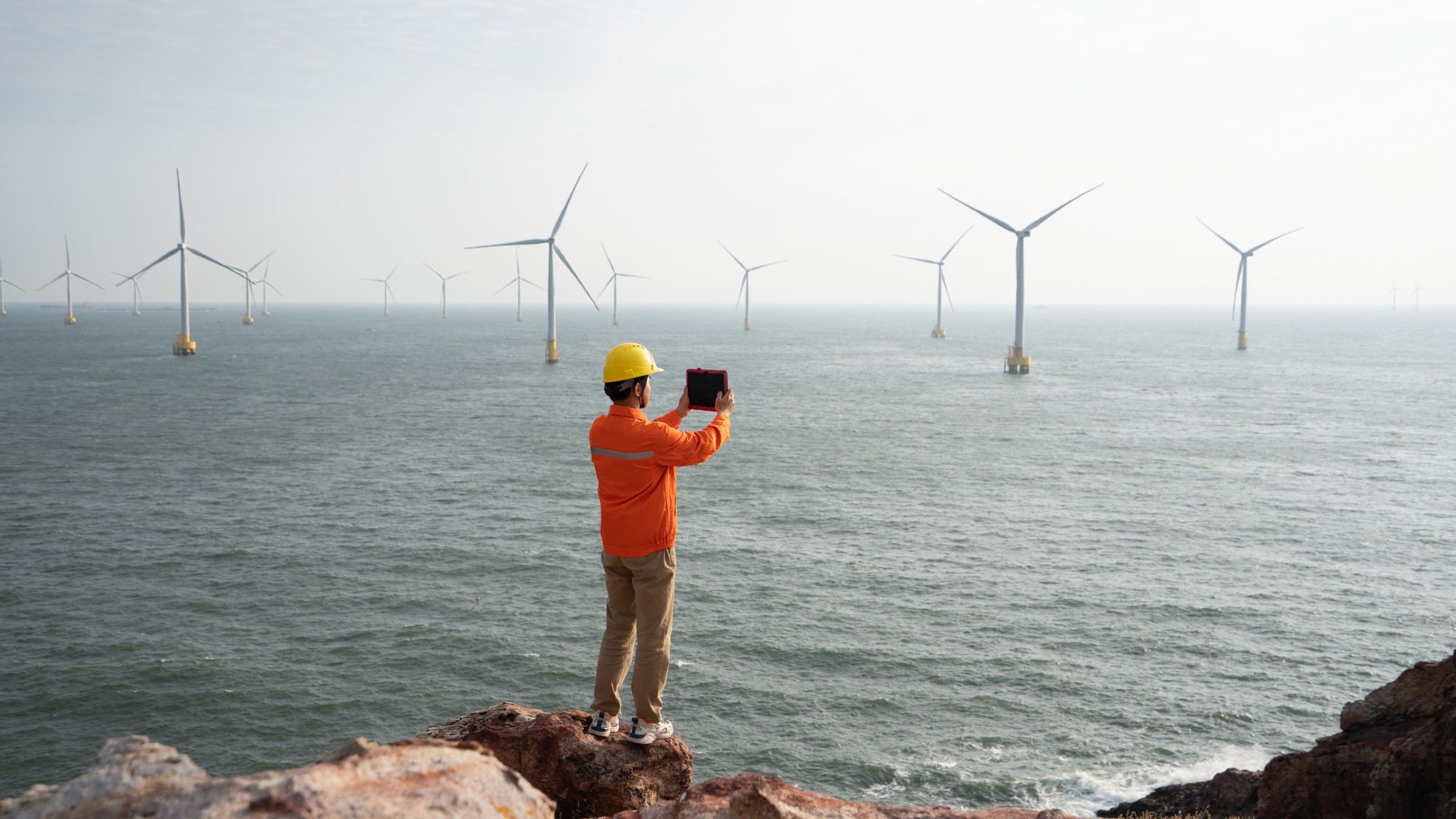 Why is Trump killing off clean energy?
Why is Trump killing off clean energy?Today's Big Question The president halts offshore wind farm construction
-
 Crest falling: Mount Rainier and 4 other mountains are losing height
Crest falling: Mount Rainier and 4 other mountains are losing heightUnder the radar Its peak elevation is approximately 20 feet lower than it once was
-
 Death toll from Southeast Asia storms tops 1,000
Death toll from Southeast Asia storms tops 1,000speed read Catastrophic floods and landslides have struck Sri Lanka, Indonesia, Thailand and Malaysia
-
 Can for-profit geoengineering put a pause on climate change?
Can for-profit geoengineering put a pause on climate change?In the Spotlight Stardust Solutions wants to dim the sun. Scientists are worried.
-
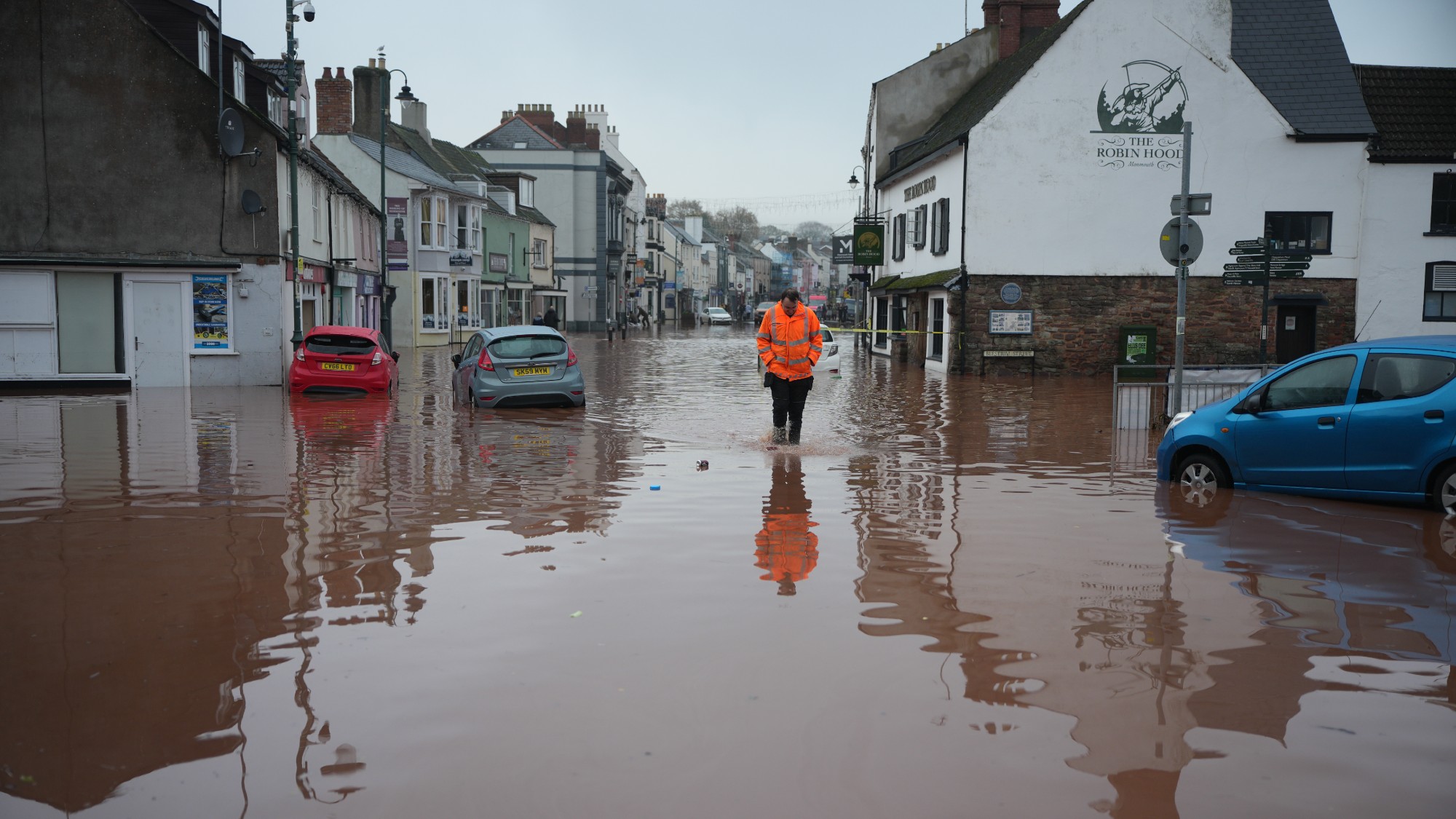 How will climate change affect the UK?
How will climate change affect the UK?The Explainer Met Office projections show the UK getting substantially warmer and wetter – with more extreme weather events
-
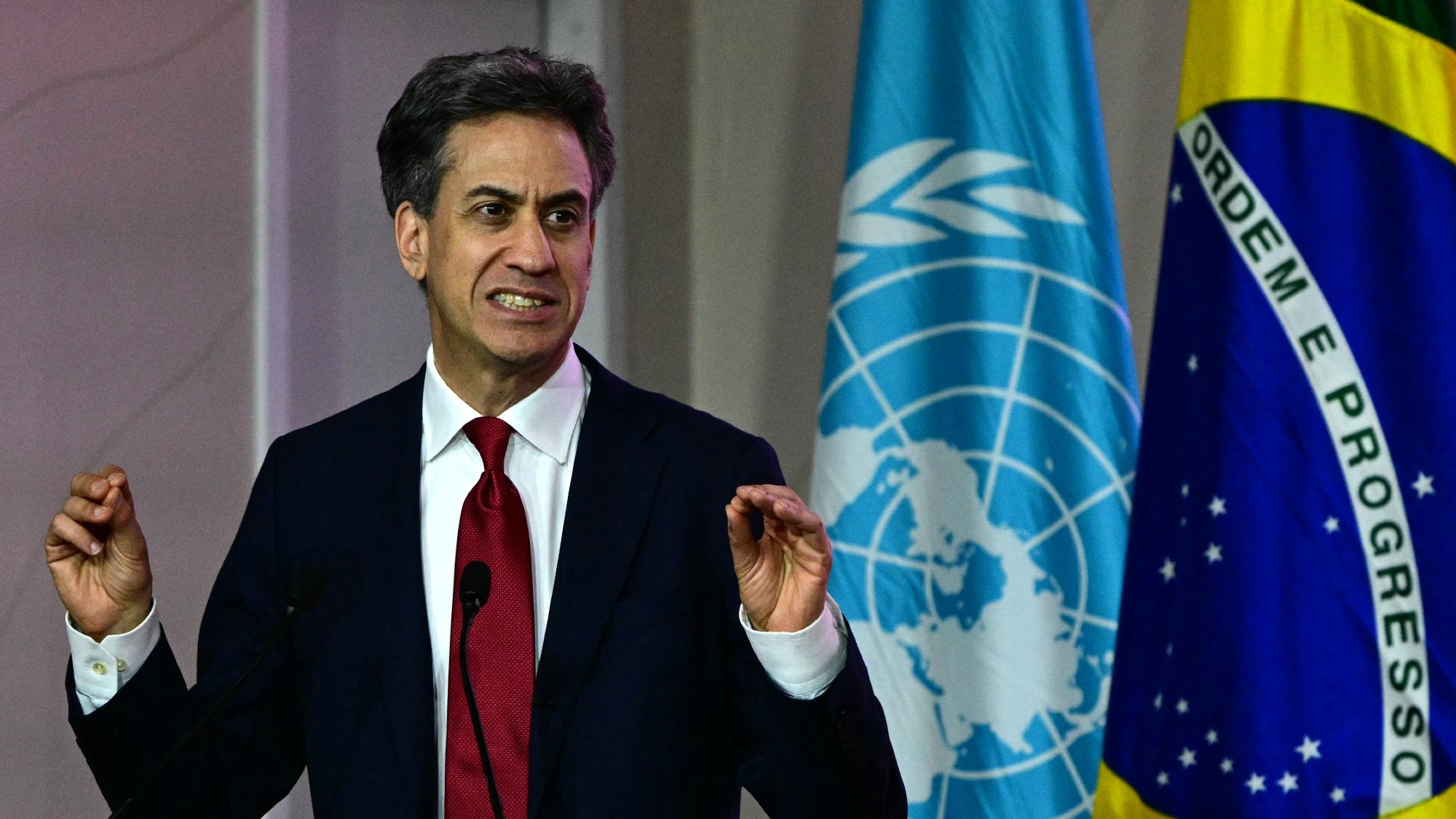 Can the UK do more on climate change?
Can the UK do more on climate change?Today's Big Question Labour has shown leadership in the face of fraying international consensus, but must show the public their green mission is ‘a net benefit, not a net cost’
-
 Did Cop30 fulfil its promise to Indigenous Brazilians?
Did Cop30 fulfil its promise to Indigenous Brazilians?Today’s Big Question Brazilian president approves 10 new protected territories, following ‘unprecedented’ Indigenous presence at conference, both as delegates and protesters
-
 Can the world adapt to climate change?
Can the world adapt to climate change?Today's Big Question As the world gets hotter, COP30 leaders consider resilience efforts
-
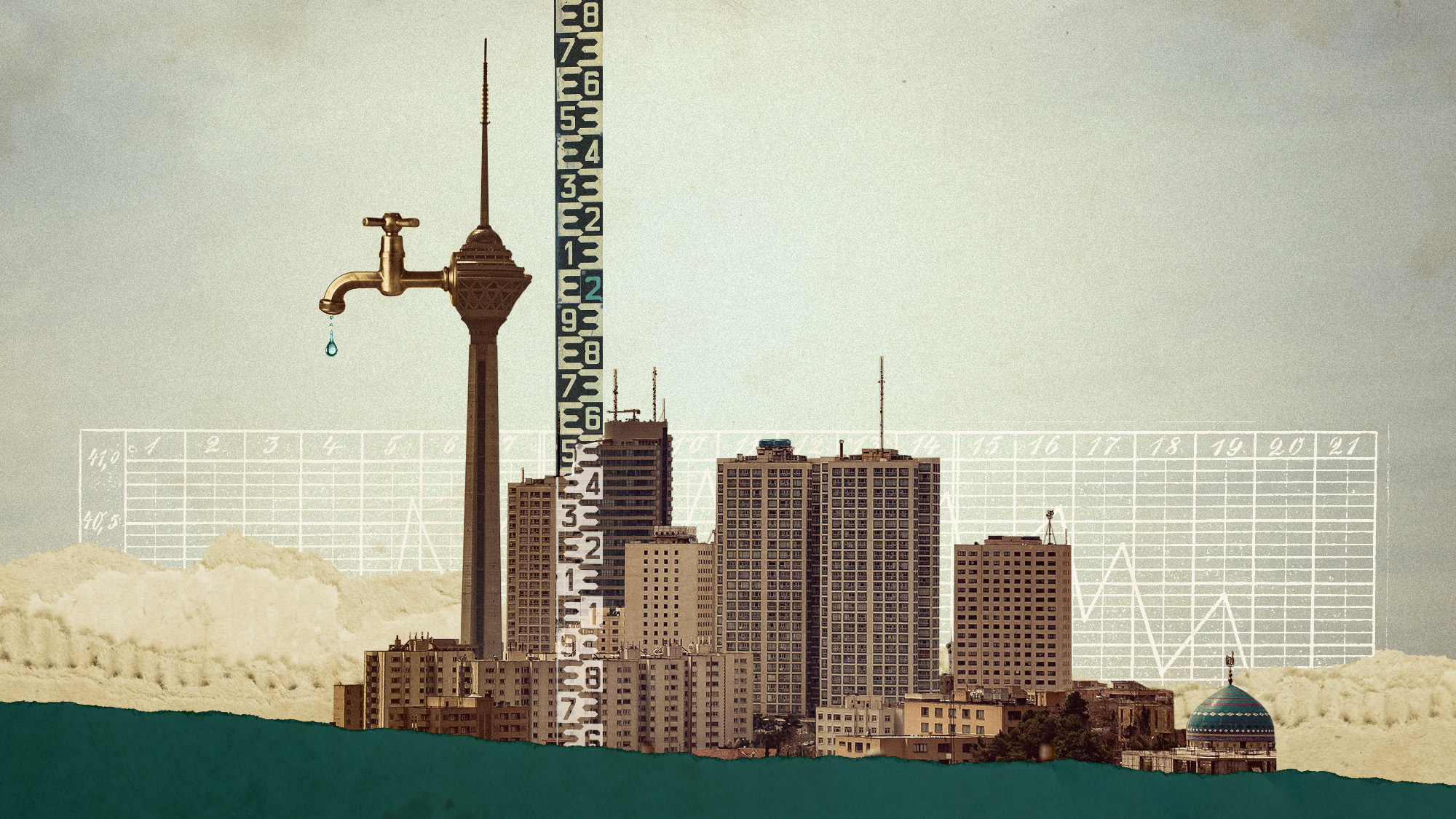 Taps could run dry in drought-stricken Tehran
Taps could run dry in drought-stricken TehranUnder the Radar President warns that unless rationing eases water crisis, citizens may have to evacuate the capital